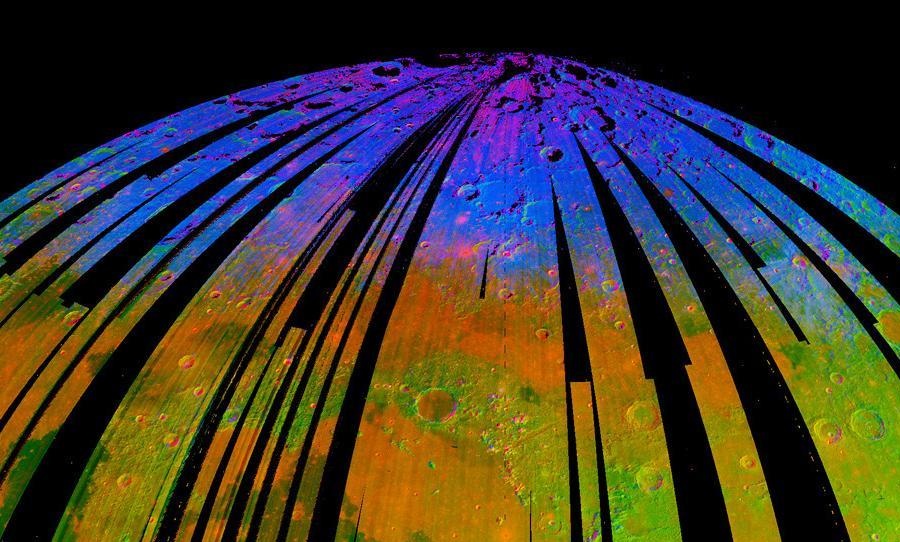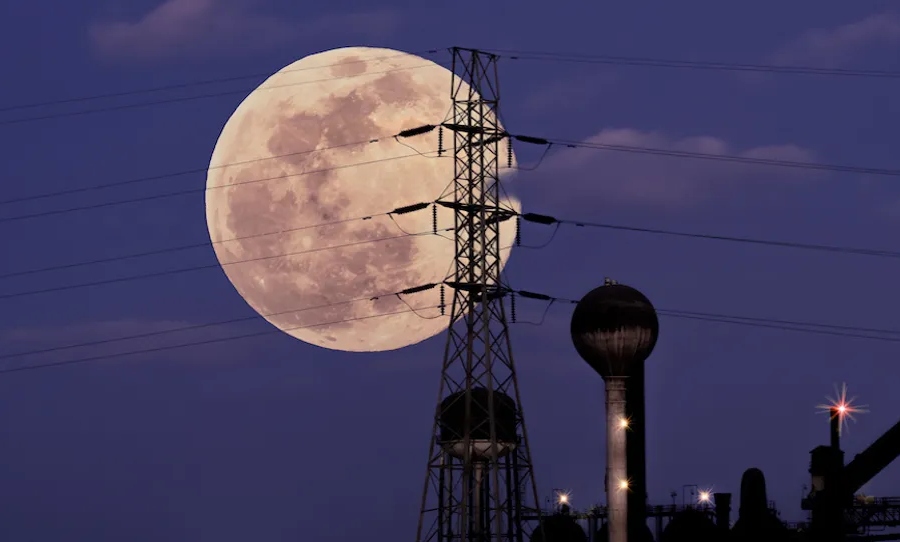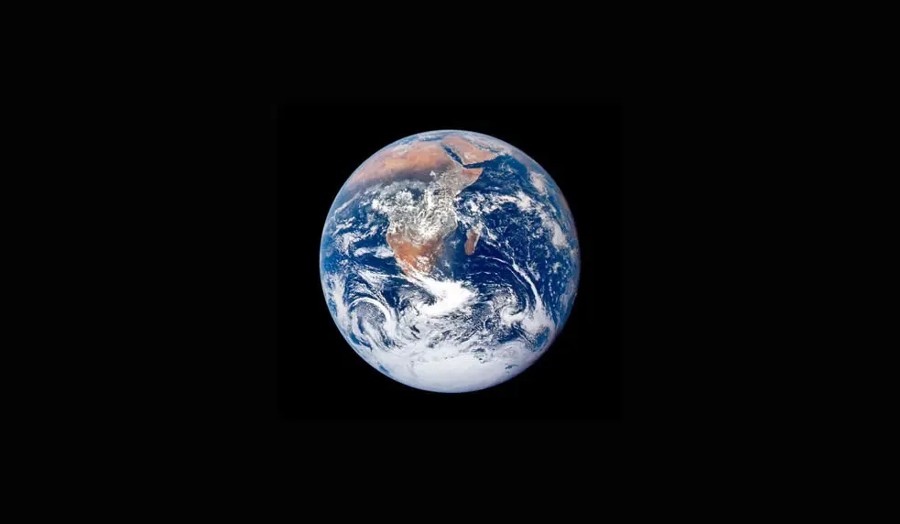Scientists have been left perplexed as they try to understand how hematite has been found on the Moon causing its polar regions to rust.
New research has shown that the presence of hematite, a type of rust that usually requires both liquid water and oxygen to form, has been found on the moon, much to the puzzlement of scientists.
The Moon, who is our closest cosmic neighbour, has practically no air on it. We know that it has water ice on it but no liquid water, as according to NASA, Earth is the only planet with liquid water on its surface. So how on Earth could the Moon be rusting?

“It’s very puzzling, the Moon is a terrible environment for hematite to form in,” Shaui Li who works at the University of Hawaii at Manoa said to NASA.
Mars, the fourth planet from the Sun, has long been known for its rust. On the surface there is a lot of iron, which combined with water and oxygen from the ancient past, has given this planet its iconic red hue. But the Moon does not follow this same formula.
I just read that the moon is rusty. I guess the next thing for NASA is how they are going to get enough WD-40 up there to help it last a little longer 😁😁😅
— Roosevelt Jones Jr. (@Rooseve96806604) September 7, 2020
In 2008, a new paper was published in Science Advances which reviewed data from the Indian Space Research Organization’s Chandrayaan-1 orbiter. The discovery showed that water ice and a variety of minerals existed on the Moon’s surface.
Using this information, Li studied the water using an instrument called Chandrayaan-1’s Moon Mineralogy Mapper, also known as M3. This device detected spectra, a light which is reflected off surfaces, which in turn gave a detailed breakdown of the Moon’s mineral composition, revealing that the Moon’s poles have a different composition to the rest of it.
“When I examined the M3 data at the polar regions, I found some spectral features and patterns are different from those we see at the lower latitudes or the Apollo samples,” Li said.

After a long period of gruelling investigation, Li discovered that what he found was haematite. “I was curious whether it is possible that there are water-rock reactions on the Moon. After months of investigation, I figured out I was seeing the signature of hematite,” said Li.
What’s more, the hematite was discovered on the surface of the Moon that is always facing Earth.
“More hematite on the lunar nearside suggested that it may be related to Earth,” Li noted, in an extremely interesting finding.
“This reminded me of a discovery by the Japanese Kaguya mission that oxygen from Earth’s upper atmosphere can be blown to the lunar surface by solar wind when the Moon is in Earth’s magnetotail,” Li continued. “So, Earth’s atmospheric oxygen could be the major oxidant to produce hematite.
“Interestingly, hematite is not absolutely absent from the far-side of the Moon where Earth’s oxygen may have never reached, although much fewer exposures were seen”.
Oh and we’re making the moon rusty. I’m done with us humans.
— 🌙B*Anna✨ (@briannnaCUPCAKE) September 7, 2020
“This discovery will reshape our knowledge about the Moon’s polar regions,” Li continued. “Earth may have played an important role on the evolution of the Moon’s surface.”
With this information, he turned to Jet Propulsion Laboratory scientists Abigail Fraeman and Vivian Sun to help confirm his findings.
“At first, I totally didn’t believe it. It shouldn’t exist based on the conditions present on the Moon,” said Fraeman,“but since we discovered water on the Moon, people have been speculating that there could be a greater variety of minerals than we realized if that water had reacted with rocks.”
Further investigation and more data is needed to conclude why the water on the Moon is interacting with the rock in this way, and why smaller quantities of hematite are being discovered on the far side of the Moon, where Earth’s oxygen shouldn’t be able to reach.
“I think these results indicate that there are more complex chemical processes happening in our solar system than have been previously recognized,” Vivian Sun described, “we can understand them better by sending future missions to the Moon to test these hypotheses.”



